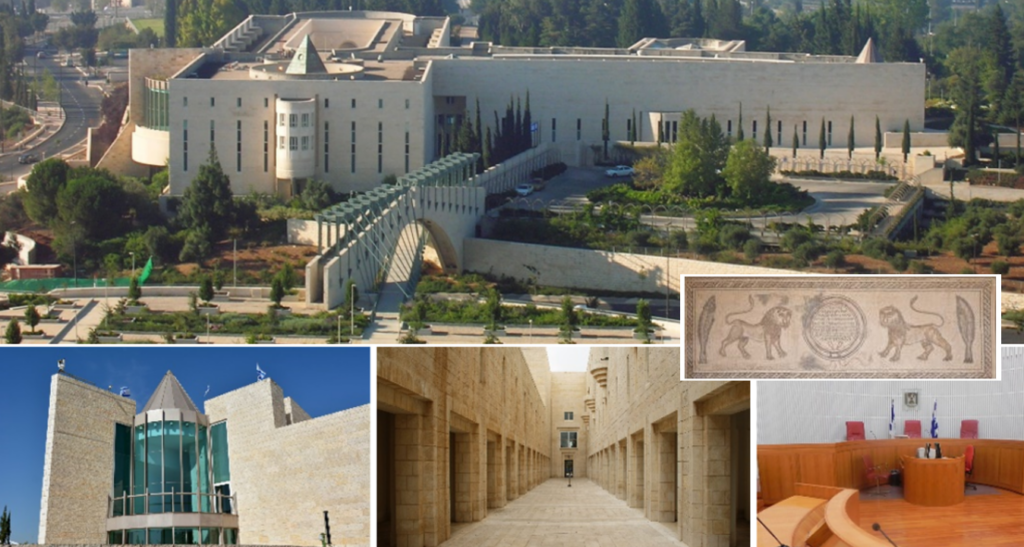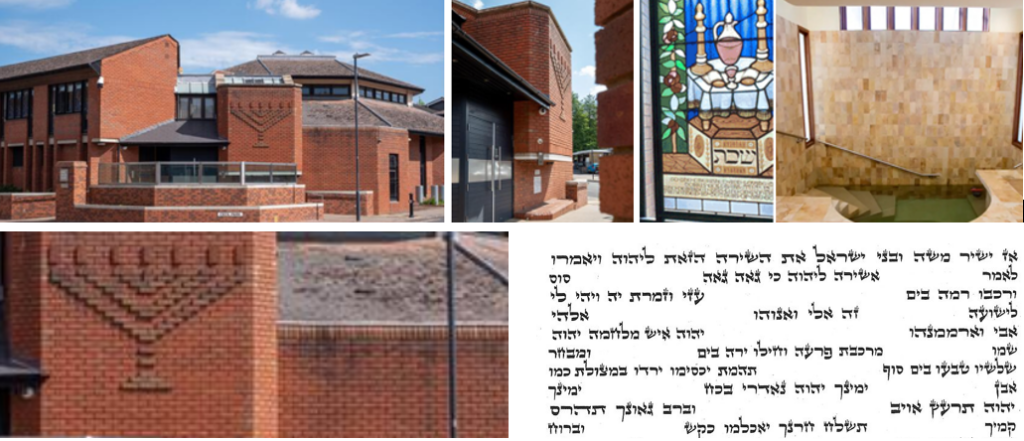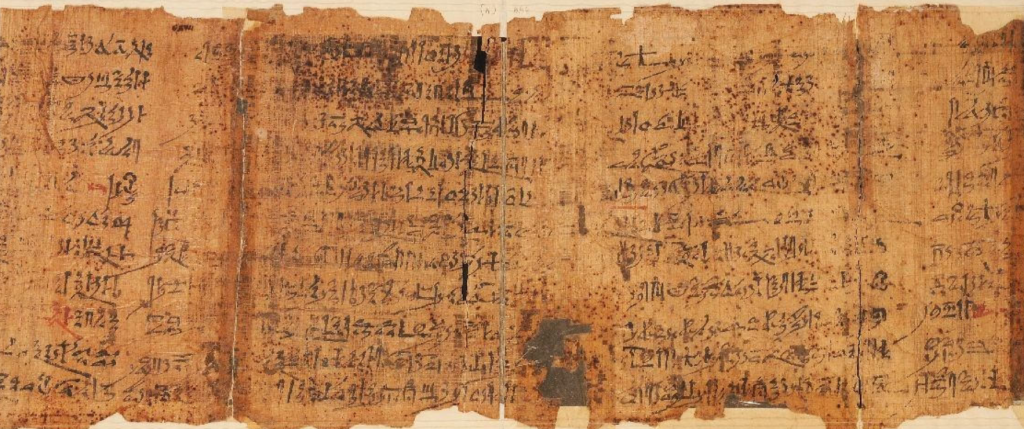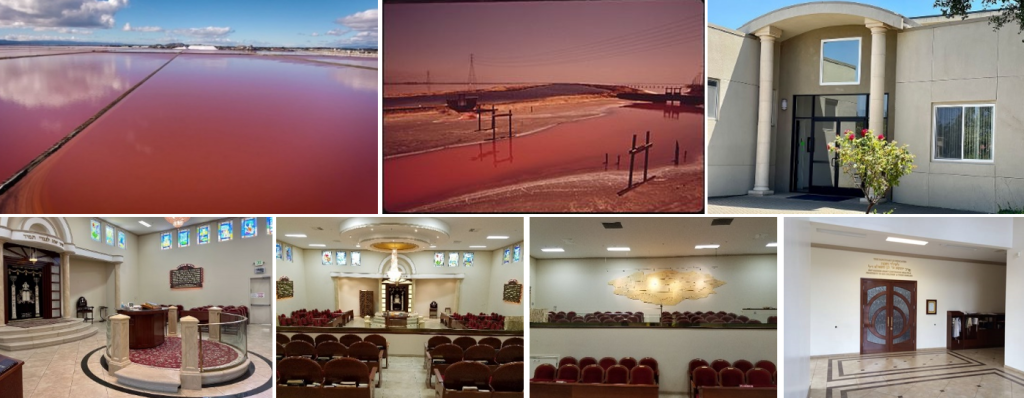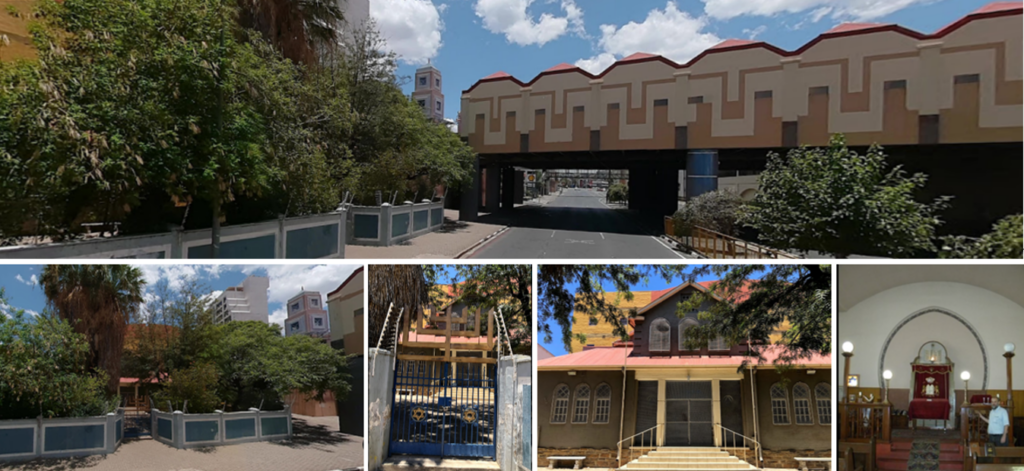
Vayiqra (ויקרא – and He called), Leviticus 1:1-5:26,
Chabbat Zakhor (זכור – Remember), Deuteronomy (25, 17-19)
On the Sabbath preceding the festival of Purim, two Torah scrolls are used: one for the reading of the weekly Torah portion [1] and the other for Zakhor [2], which urges us to remember Amalek and to fight against evil.
Amalek Street
Located opposite the only Orthodox synagogue in Namibia in Windhoek, Amalek Street illustrates the opposition between tolerance and antisemitism. The Jewish community settled in this region around 1910, a time when Namibia was under German rule. Harold Pupkewitz (1915-2012), a prominent figure in this community, was born in Lithuania before immigrating to Namibia. An influential entrepreneur, he was also a committed community leader, actively combating antisemitism and contributing to various philanthropic causes, particularly in the field of education.
The Orthodox Synagogue of Windhoek
Inaugurated in 1924 by Rabbi Landau from South Africa for Jews of German origin, the Windhoek synagogue is a tripartite building. Its beige brick walls support a red corrugated iron roof. Brass chandeliers and windows adorned with Star of David motifs illuminate a vaulted prayer hall, a library, and a kosher kitchen.
[1] Vayikra this year.
[2] According to the majority of decisors, this reading is a duty ordained by the Torah, and many believe that women are also subject to this obligation. If a person, for a valid reason, could not listen to this reading, they are obligated to hear it on the Sabbath of Ki Tetze after asking the Hazzan to discharge them. Rabbi Ovadia Yosef z”l also recommended reading the passage of Zakhor in a Chumash.
